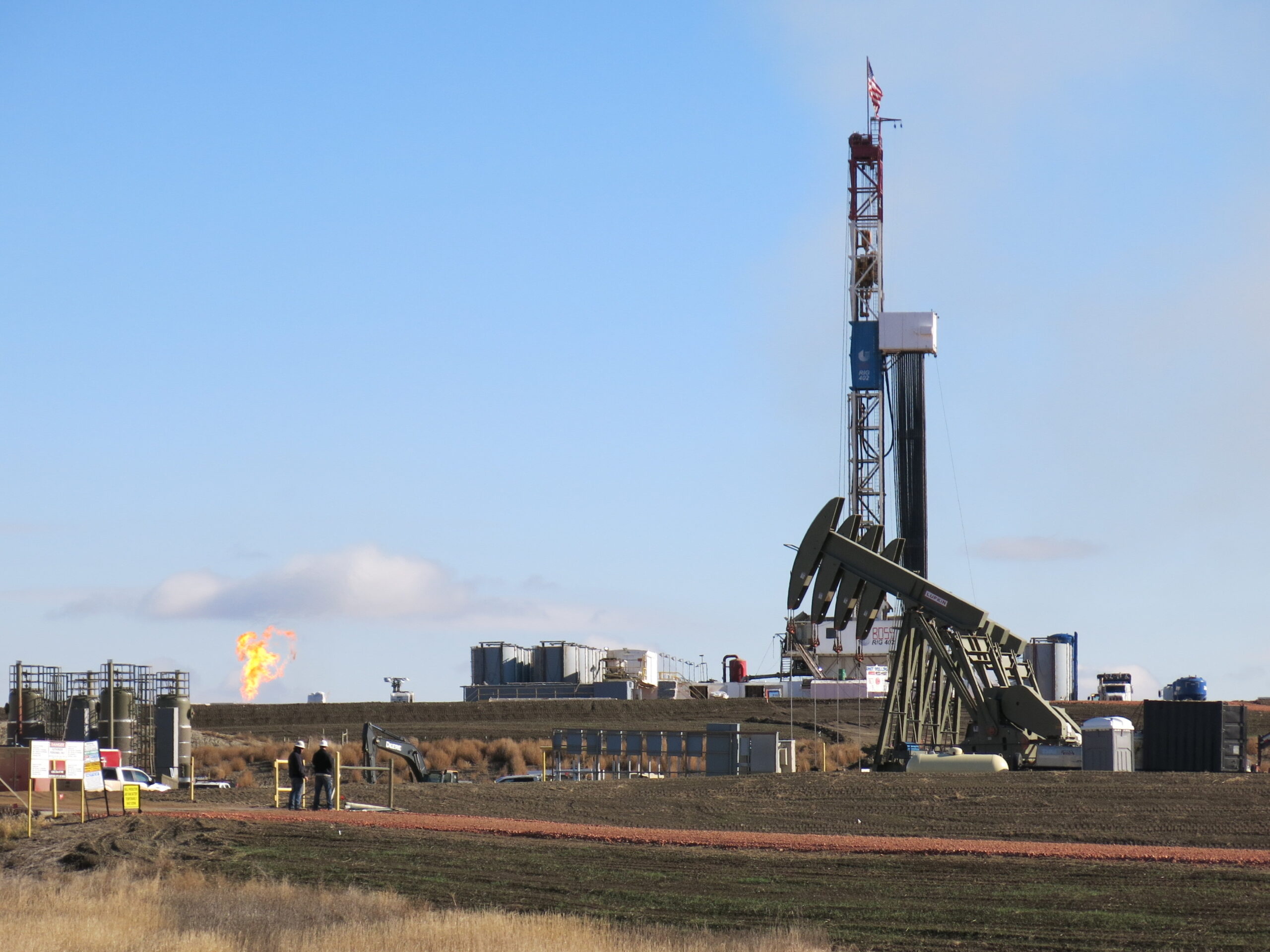North Dakota oil production in October remained flat compared to September, while natural gas production decreased by 1%, the state Department of Mineral Resources reported Monday.
Meanwhile, state officials expect last week’s blizzard to cut into December production.
October oil production was 1.120 million barrels per day, and there was “really no measurable change whatsoever” from the previous month, according to state Mineral Resources Director Lynn Helms. The state’s oil figures lag two months as officials collect and analyze data from energy companies.
Helms early this year said oil companies consider the Bakken oil patch to be “mature,” which means low rates of production increases compared to other areas such as the Permian Basin of Texas and New Mexico, where U.S. oil producers are more focused on growing their operations. New Mexico surpassed North Dakota last year as the nation’s second-biggest oil producer.
Helms on Monday noted that New Mexico’s production saw a 4% increase and that state continues to see “production increases like we used to have three or four years ago.” New Mexico’s oilfield patch eventually will mature like the Bakken has, he said.
North Dakota production is starting to move out of the Bakken’s core area, and into so-called “Tier Two” areas. Divide and Burke counties saw significant production increases in October, and “We may be seeing the beginning of a trend,” Helms said.
October’s average oil price for North Dakota crude was $83.65 per barrel, compared with $81.24 in September.
“There’s a great deal of uncertainty in the crude oil markets,” Helms said, noting sanctions against Russia, COVID-19 lockdowns in China, and recessions or looming recessions in some countries. “… OPEC seems to be just managing world crude supplies on a month-to-month basis, trying to gauge where the world economy is going and adjust appropriately.”
North Dakota Pipeline Authority Director Justin Kringstad said the state expects some weakness through the end of the year for crude oil prices.
“(The state’s) viewpoint for 2023 is a little bit of a tightening scenario with prices recovering back into those mid to upper $80 range,” he said.
October natural gas production in North Dakota totaled 3.14 billion cubic feet per day, down from 3.18 billion cubic feet per day the previous month.
Producers had a 95% gas capture rate in October, and exceeded the state’s 91% target. The rest was burned off at well sites in a wasteful process known as flaring, due to a lack of access to pipelines and processing plants.
Storm impacts
Mineral Resources is expecting a significant drop in December oil production due to last week’s blizzard. Officials anticipate it will take a few weeks for the oil patch to recover.
“Crude oil trucks were not moving, pumpers weren’t on the road, tanks filled up and wells were shut down,” Helms said.
The industry is hoping to see production rebound this week. But the Christmas holiday week and the arctic air blanketing the state are going to set crews back, Helms said, adding that a significant amount of production will stay offline until after New Year’s.
“Once a well goes down in this kind of weather, it can be extremely challenging to get that pumping unit up and running again and get all the pumps and the equipment warm again so that you can maintain production,” he said.
Source: The Bismarck Tribune















